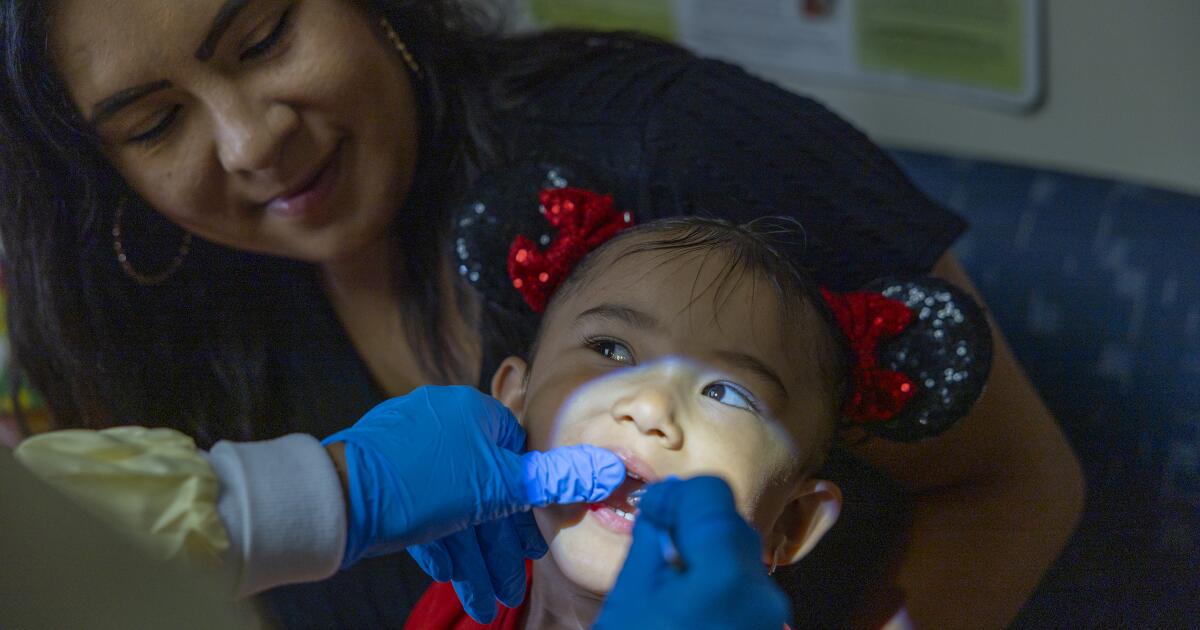As a child, Pat could multiply three-digit numbers in his head, but social interactions mystified him and making friends did not come naturally. Our father was in the Air Force, and we moved almost every year; at each new school, the bullies quickly found him. Yet no one who knew him could ever remember seeing him angry or bitter. He assumed the best of people, no matter how many times they betrayed that trust; I don’t think he was capable of a mean-spirited act.
As an adult, Pat was proud and protective of his independence. But when he reached his early 50s, his health began to fail. My brother found himself up against not just disease but a broken medical system. Pat’s journey became a story of the best and worst of health care in this country, and it reveals the real-life consequences when health-care policy is treated like a football by two political parties.
None of which our family would have anticipated back in 2007, when Pat, who had always been fit, began having bouts of fatigue and a fluctuating appetite. Then came more alarming signs: His blood pressure crept up to 150/90; his urine turned brown and foamy.
At the time, Pat was unemployed, having been laid off from his $9-an-hour position as an administrative assistant. That job hadn’t paid benefits; nor had the one before it. So he had bought a series of high-deductible, six-month medical insurance policies that promised “the peace of mind and health care access you need at a price you can afford.”
A skimpy plan was indeed the only policy he could afford — and it turned out to be a big mistake. Though Pat had faithfully kept up the premium payments for more than six years, his insurer began denying his claims a few weeks after a biopsy in July 2008 showed his kidneys were failing.
The company, a subsidiary of Assurant Health, cited a technicality: Each successive six-month policy treated Pat as a new customer. In digging through Pat’s records, it noticed some abnormal bloodwork from the previous December, eight months earlier. Though at the time the test result was inconclusive, the insurer deemed it evidence that Pat had a “preexisting condition,” meaning his policy wouldn’t cover it.
At that point, Pat was facing more than $14,000 in bills from hospitals, doctors and labs — and those were just to figure out what was wrong with him. Dealing with his condition going forward was going to be unimaginably expensive; newer drugs that his specialist thought might help him the most could cost up to $10,000 a treatment; even the older ones could run $500 a month. “Cancel that policy,” the billing coordinator at the doctor’s office advised me. “Your brother is wasting his money on premiums, and he’s going to need it.”
Suddenly stranded with no coverage at all, Pat had plenty of company in our




